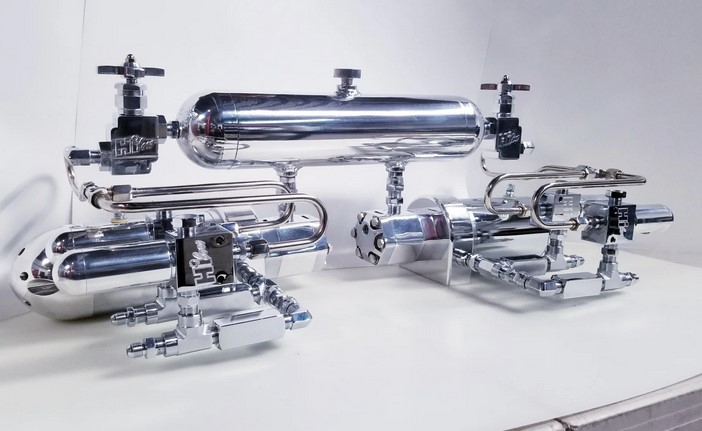How to Use a Cylinder Head Vacuum Tester to Diagnose Engine Problems
A cylinder head vacuum tester is a tool used to diagnose engine problems. It is used to measure the amount of vacuum present in the intake manifold of an engine. This tool is used to detect a variety of engine issues, such as a vacuum leak, a faulty fuel injector, or a worn valve guide.
To use a cylinder head vacuum tester, first, locate the intake manifold of the engine. This is typically located on the top of the engine, near the cylinder head. Once the intake manifold is located, attach the vacuum tester to the intake manifold. Make sure the connection is secure and that there are no leaks.
Next, start the engine and allow it to idle. The vacuum tester should display a reading on the gauge. This reading should be within the manufacturer’s specifications. If the reading is too low, it could indicate a vacuum leak or a faulty fuel injector. If the reading is too high, it could indicate a worn valve guide.
Once the reading has been taken, compare it to the manufacturer’s specifications. If the reading is outside of the manufacturer’s specifications, further diagnosis may be necessary. This could include checking for vacuum leaks, inspecting the fuel injectors, or replacing the valve guides.
Using a cylinder head vacuum tester is a simple and effective way to diagnose engine problems. It is an invaluable tool for any mechanic or DIYer looking to diagnose engine issues.
The Benefits of Using a Cylinder Head Vacuum Tester for Automotive Maintenance
A cylinder head vacuum tester is an essential tool for automotive maintenance. This device is used to measure the amount of vacuum present in the cylinder head of an engine. It is a simple and effective way to diagnose and troubleshoot engine problems.
The primary benefit of using a cylinder head vacuum tester is that it can quickly and accurately measure the amount of vacuum present in the cylinder head. This is important because the amount of vacuum present can indicate a variety of engine issues, such as a faulty valve, a worn piston ring, or a clogged fuel injector. By measuring the amount of vacuum present, a technician can quickly identify the source of the problem and take the necessary steps to repair it.
Another benefit of using a cylinder head vacuum tester is that it can help to prevent costly repairs. By regularly testing the cylinder head, a technician can identify any potential problems before they become serious. This can save time and money by avoiding costly repairs that could have been avoided with regular maintenance.
Finally, a cylinder head vacuum tester is a relatively inexpensive tool that can be used by any automotive technician. It is easy to use and requires minimal training. This makes it an ideal tool for any automotive technician who needs to quickly and accurately diagnose engine problems.
In conclusion, a cylinder head vacuum tester is an essential tool for automotive maintenance. It can quickly and accurately measure the amount of vacuum present in the cylinder head, helping to identify potential problems before they become serious. It is also relatively inexpensive and easy to use, making it an ideal tool for any automotive technician.

